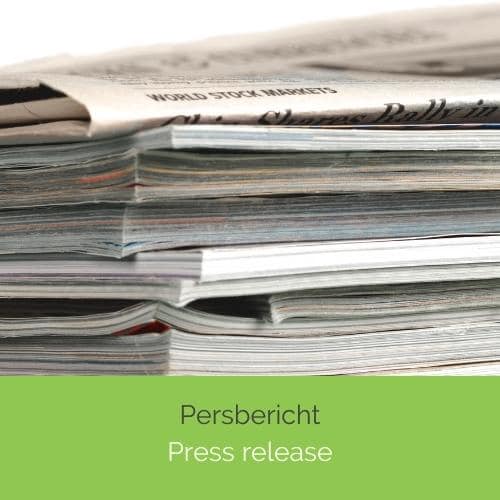P R E S S R E L E A S E
There is value in residual flows with cellulose
– New Dutch technology for recycling packaging with food residues
– In the Netherlands we are strong in recycling. Nevertheless, a large part of the complex residual flows still goes straight into the incinerators. Think, for example, of the enormous amount of used fast food packaging, which has only increased during corona time. Because the material is contaminated, it is not allowed in the old paper and ends up in the residual waste. There is now a sustainable solution for these types of waste streams. Recell Group uses innovative techniques to unlock the cellulose from the packaging material. After processing, the recovered part can serve as a new raw material in many applications.
Recell Group is a young company that specializes in unlocking complex residual flows. Thanks to special techniques it is possible to obtain the cellulose from various residual flows. Not only from pizza boxes and other (paper) fast food packaging, but also from diapers, plasterboards or toilet paper from sewage treatment plants, for example. Recell’s technology has the additional advantage that, in addition to cellulose, other residues also have a chance of being reused.
From waste to new products
Recell serves the entire chain: from unlocking cellulose from the residual flow to the producer who uses the recovered and reprocessed cellulose (also called tertiary cellulose) in its products. Those products are very diverse. Until now, the recovered and reprocessed cellulose has been used, for example, in the infrastructure sector, for example for bicycle paths and dyke reinforcement. It also adds good properties to biocomposites – whose applications seem almost endless. This ranges from tree protection and flower pots to picnic benches, cladding and roadside posts. In addition, an example of tertiary cellulose that has been processed in 3D printing paste can be seen at the Floriade in Almere. With this, the circular and biobased design studio Omlab has printed a constructively strong wall for ‘The Exploded View Beyond Building’, a house of the future. Finally, glucose from the recovered cellulose also finds its way into ‘green’ basic chemistry, where it is used in, for example, paint and cleaning products.
Testing testing
To determine whether residual flows with a cellulose component are suitable for recovery and further processing, companies – and they do not necessarily have to be waste processors – can have their material tested. Such an analysis provides insight into which percentages of the waste can be converted into tertiary cellulose and are therefore fit for reuse. In many cases, there is value in a residual flow with a cellulose component, which leads to a healthy business case. With this innovative technology, Recell Group hopes to include entire business chains in the ambition to achieve a circular economy.
For more information, please use our contact form.

